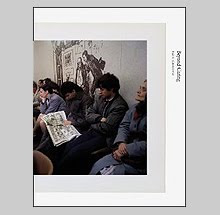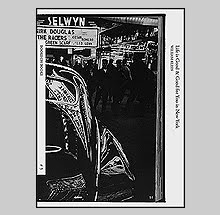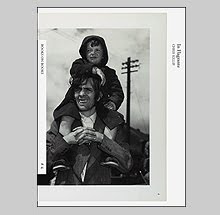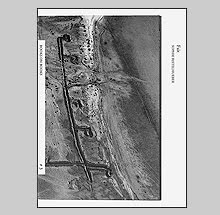Fig. by Adam Broomberg & Oliver Chanarin
Adam Broomberg and Oliver Chanarin have create a fascinating museum in their book Fig. published by Photoworks and Steidl in 2007. It is a museum in which categorization occurs through varying degrees of separation between each object. Appearing to be in the documentary mode, Fig. weaves a web-like path between the objects and those links are only limited to Broomberg and Chanarin's imagination. Luckily for the readers, Broomberg and Chanarin show little restraint in reining in their minds.
Broomberg and Chanarin are the duo behind much of the photography from Colors magazine. Neither has a studied background in photography but instead combined degrees in Sociology, Art History, Philosophy and Artificial Intelligence. Their previous work and books have taken them shifting from conceptual work and the constructed into the realm of documentary and back again. Fig. proves to have been as much a research project as a photographic one and charting the course for this book was most likely a complicated affair.
Fig. is constructed with 95 images (“figures”, hence the title Fig.) that are linked through short pieces of text. Each caption/text provides to the readers what most captions do -- they reveal what the object is and in turn give a short explanation as to why the reader should be interested. Thus Fig. is really a book of words -- words that can't entirely be trusted as they take giant leaps to link each object. Their individual caption construction may be factual but their sequencing is pure fiction.
The result engrosses our attention and delves into the fantastic. Mermen (male mermaids) and the oldest waxwork from Madame Tussaud become a part of a "museum" that also holds discarded passport photos from
Fig. was designed by SMITH (Stuart Smith's London-based design firm) and the package is near perfect. The trim size sits perfectly in the hand and the presentation of the work is elegant.
Broomberg and Charnarin prove to be excellent guides in which to chart a journey that obeys no map or compass. For me there is such a feeling of wonder from following this chain of objects that I wish Fig. contained not just 95 but 9500. With Fig. as an example, I could follow Broomberg and Charnarin's imagination to the margins of the margins and connect dots that no one had ever thought existed.












